Challenges

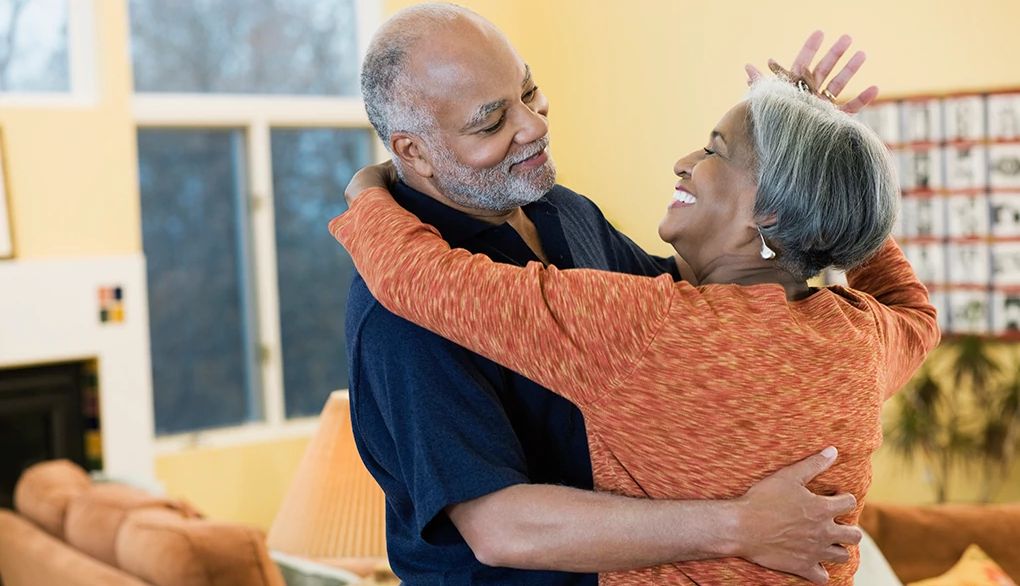
Exercise can benefit an aging brain. It can improve cognition and delay dementia, increase attention and focus, and reduce depression, research suggests. But if you’d rather shake your booty than run a marathon, get excited. Dancing offers enormous benefits for your body and brain, from relieving stress to increasing social connections and reducing loneliness, according to a report on music from the Global Council on Brain Health (GCBH).
“Moving to music requires coordination of varied neural activities, involving the brain’s reward center, along with sensory and motor circuits,” the report states. “All that synchronizing enriches the experience and increases the pleasure. This coupling not only feels good but is good — for the brain.”
The type of dance you choose may be irrelevant. Line dancing may protect brain tissue, and ballroom dancing may improve spatial analysis (the part of the brain focused on navigation and remembering layouts), studies show. Latin dances, such as the salsa and merengue, may boost visual recognition and decision-making, among other skills, the GCBH report states. And whether it’s the tango or the twist, dance provides both mental and social stimulation, which may enhance memory. In a University of Illinois at Urbana-Champaign study, researchers followed a group of healthy seniors (ages 60 to 79) for six months in four different classes: dance, walking, walking and nutrition, and stretching and toning. Only those in the dance class exhibited improvement in the brain’s fornix, a collection of nerve fibers that play an important role in memory.
Dancing may even reduce the risk of dementia, a study in the New England Journal of Medicine found, and it can provide benefits that other forms of exercise don’t, such as improving balance. Unlike other types of workouts and stretching routines, dance involves constantly changing rhythms, speeds, steps and arm patterns. You’re not using the same repetitive motion, as with exercises like cycling, swimming and walking. In a recent 18-month study out of Germany, one group of seniors did endurance exercises and another group danced. Both groups showed improvement in the hippocampus region of the brain (a key area for memory and cognition), but the dancers also improved their balance.


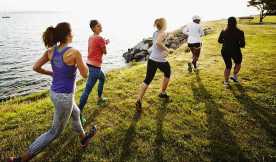
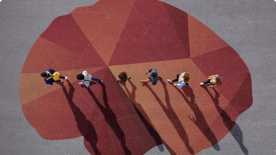
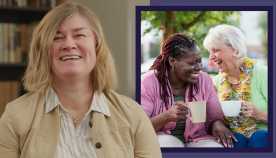

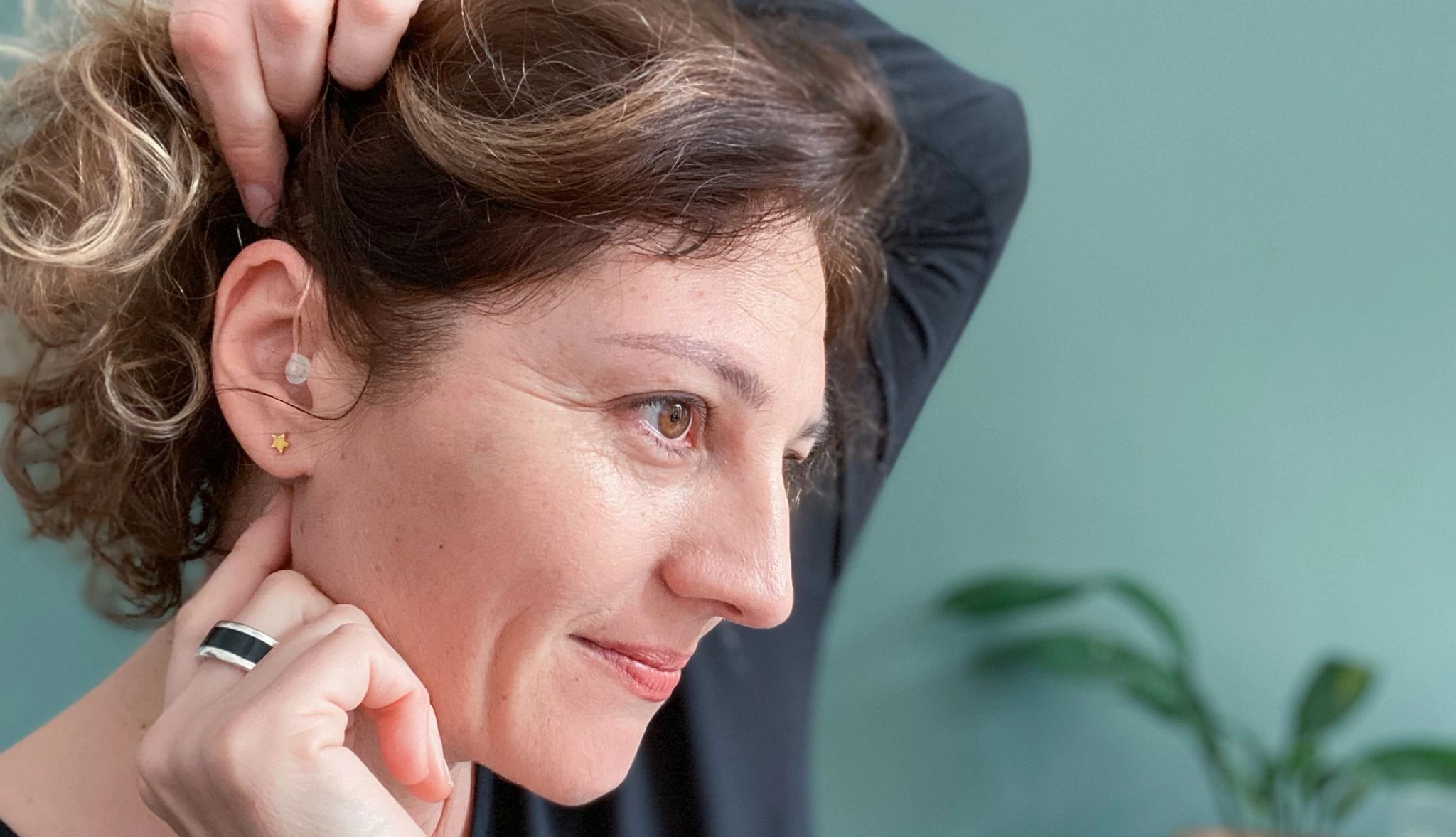



More From Staying Sharp
Take an Adult Education Class
One of the best tips for healthy aging is to never stop learning
Strengthen Your Memory Muscles
A technique called spaced repetition can help you retain more information
Walnuts' Role in Your Brain Health
Explore the link between walnuts and cognitive well-being